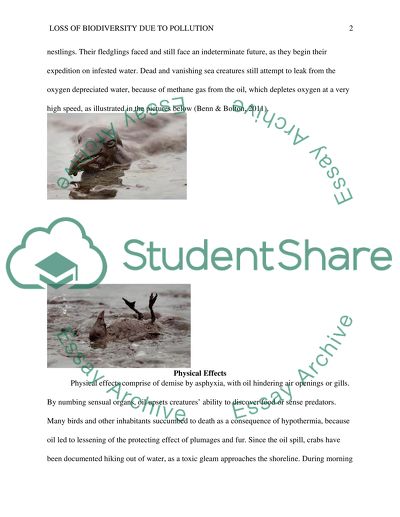Cite this document
(“Loss of Biodiversity Due to Pollution Research Paper”, n.d.)
Retrieved from https://studentshare.org/biology/1472482-loss-of-biodiversity-due-to-pollution
Retrieved from https://studentshare.org/biology/1472482-loss-of-biodiversity-due-to-pollution
(Loss of Biodiversity Due to Pollution Research Paper)
https://studentshare.org/biology/1472482-loss-of-biodiversity-due-to-pollution.
https://studentshare.org/biology/1472482-loss-of-biodiversity-due-to-pollution.
“Loss of Biodiversity Due to Pollution Research Paper”, n.d. https://studentshare.org/biology/1472482-loss-of-biodiversity-due-to-pollution.


